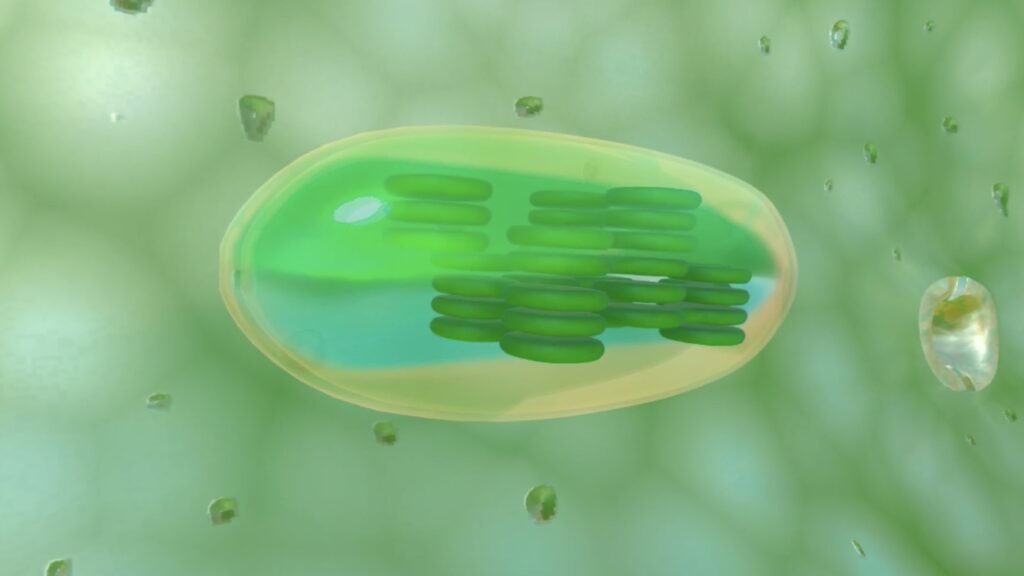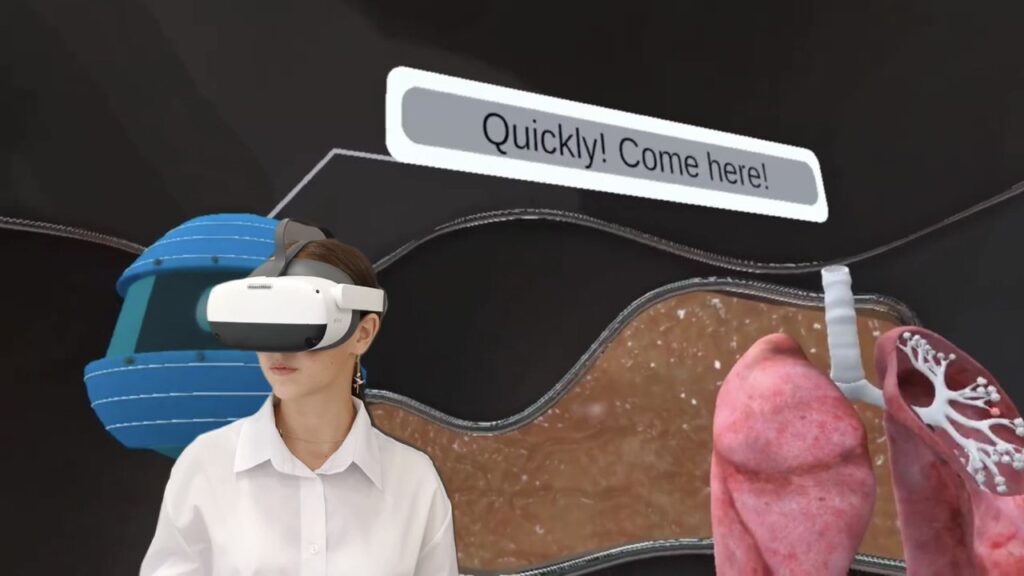

Photosynthesis is one of the most complex and fascinating topics in school biology courses. It is a fundamental process that sustains life on Earth, yet understanding its intricacies poses significant challenges for students. The complexity arises from two main factors:

Traditionally, educators rely on schematic diagrams to teach the light-dependent and light-independent stages of photosynthesis. However, passive viewing of these diagrams often leaves students puzzled and struggling to grasp the concepts. Teachers worldwide can attest to the challenges their students face with this topic.
Virtual reality (VR) in education offers a transformative approach to teaching complex biological processes like photosynthesis. By leveraging VR biology simulations, students can immerse themselves in the cellular world, turning abstract concepts into tangible experiences.

Instead of passively viewing diagrams, students become active participants in the photosynthesis process:
Because each student performs all the events independently in the VR simulation, they can easily recall and articulate the steps involved:
This level of engagement promotes deeper understanding and better retention of the material.
Even dedicated teachers often find it challenging to convey the complexities of photosynthesis using traditional methods. The topic involves intricate processes at the cellular and molecular levels, which are impossible to observe directly. Students are usually presented with step-by-step schematic diagrams of the light-dependent and light-independent stages. However, passive viewing of these diagrams often leaves students confused and disengaged.
To bridge this gap, some passionate teachers go the extra mile by crafting creative materials using cardboard, balloons, or other unexpected objects to physically represent the processes. These hands-on models aim to make the abstract concepts more tangible. An example of such dedication can be seen in innovative classroom demonstrations where teachers recreate the photosynthetic process using props. Do you recognize yourself in this great video example? Creative Photosynthesis Teaching
While these efforts are commendable, they require significant personal time and resources and may not fully address the students’ difficulties in understanding the subject matter.
Virtual reality learning addresses these challenges by providing:

The VR photosynthesis simulation aligns with major educational standards worldwide, making it a valuable tool for educators across different regions.
A significant issue in education today is the declining interest in STEM subjects among high school students, often due to the complexity and abstraction of topics like photosynthesis. As subjects become more challenging, students may feel overwhelmed and disengaged, leading to a reduced number pursuing STEM fields in higher education.
Virtual reality in education can reignite this interest by making learning interactive and engaging. By transforming abstract concepts into immersive experiences, VR helps students connect with the material on a deeper level.
Supporting Teachers and Enhancing Learning
By integrating VR into biology education, we not only enhance the learning experience but also address the broader issue of declining interest in STEM. Interactive and immersive technologies like VR can inspire a new generation of students to pursue careers in science, technology, engineering, and mathematics.

Photosynthesis is just one example of how VR can revolutionize biology education. Virtual reality learning enables students to immerse themselves in cell structures and processes that are otherwise invisible.
For more information on these simulations, you can explore:

Integrating virtual reality in classrooms represents a significant step forward in modernizing education. It aligns with the move towards digital classrooms and leverages the benefits of technology to enhance learning outcomes.
Virtual reality education is not just a trend; it’s a powerful tool that addresses some of the most persistent challenges in teaching complex scientific concepts. By making the invisible visible and the abstract tangible, VR has the potential to transform biology education.
Let’s embrace the future of learning and provide students with the tools they need to succeed in an increasingly complex world. With VR, we can make challenging topics like photosynthesis accessible, engaging, and even enjoyable.
Experience the wonders of photosynthesis like never before. Dive into the world of VR biology and revolutionize your learning journey today!
Frequently Asked
We prodive VR biology, VR physics, and VR chemistry simulations. Please, check our catalog.
Please, fill the form to get demo labs for free.
Please contact our customer support service at support@xreadylab.com or book a call with the team to find out the conditions and book the VR class set up at your school.
Subscription to XReady Lab interactive VR labs. If you are a school, then you are also given access to the VR classroom system. VR class system helps you easily launch VR lessons for a large number of students, follow the experience of each student, as well as customise the content without developers.
We adhere to the world’s generally accepted recommendations and research. Our products are suitable for children from 12 years old.